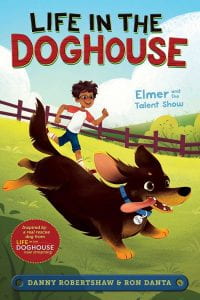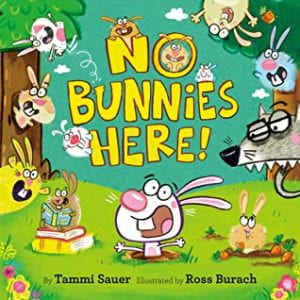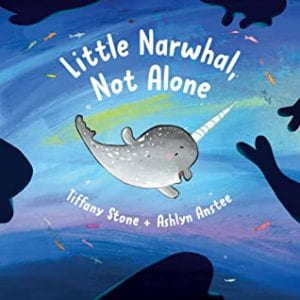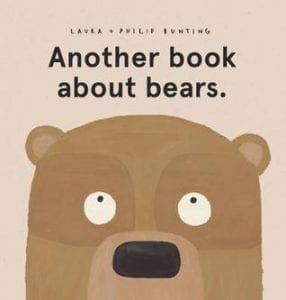 Velasquez, Crystal. Life in the Doghouse: Elmer and the Talent Show. Aladdin, 2022. 978-1-534-48260-9. 140 p. $17.99. Grades 2-4.
Velasquez, Crystal. Life in the Doghouse: Elmer and the Talent Show. Aladdin, 2022. 978-1-534-48260-9. 140 p. $17.99. Grades 2-4.
Elmer, a long-haired dachshund, is thrilled when a family chooses to adopt him from Danny and Ron’s Rescue. Even though he’s a senior dog who’s undergone a lot of surgeries on his eyes and jaw, he has lots of energy and love to share. When Elmer is adopted by the Cruz family, his number one job is to cheer up their son, Benny, a quiet boy who changes schools frequently since his Mom is an Army Sergeant. Benny and Elmer begin working together during agility classes at a local rec center, and the training helps build both Benny and Elmer’s confidence and cements the bond between dog and boy. This title is the first in a new series inspired by the real-life dogs at Danny and Ron’s Rescue in South Carolina. Readers may also recognize Danny and Ron from their streaming “Life in the Doghouse” show. Backmatter includes pictures and details of the real Elmer the dog who inspired this story.
THOUGHTS: Share this title with dog lovers who are transitioning to chapter books. This is also a great pick for students who are building new friendships themselves or students who are interested in dog handling or training.
Animal Fiction Anne Bozievich, Southern York County SD






